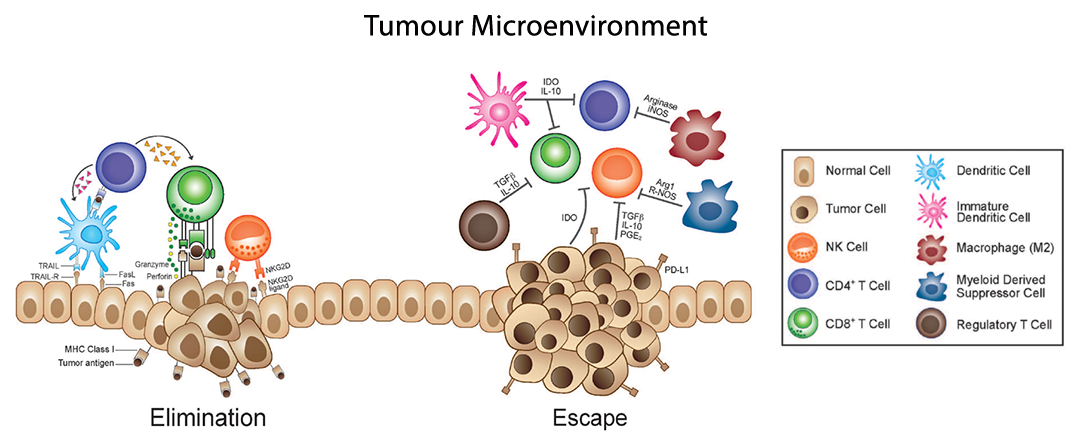
In a lot of experimental setups it would be eligible to be able to differentiate human ES and iPS cells from differentiated cells.
tebu-bio is pleased to announce their cooperation with Goryo Chemical, a company specialized in probes for Live Cell Imaging. Goryo Chemical recently launched the Kyoto probe 1 (KP-1) which exactly fulfills this need.
Kyoto probe 1 – applicable in live cell imaging and flow cytometry

Fig 1 shows the structure and the biophysical properties of the new Kyoto 1 probe. KP-1 is cell permeable and localizes in the mitochondria in the human pluripotent stem cells regardless of mitochondrial membrane potential. After the differentiation of the cells, KP-1 is eliminated from the cells by the ABC transporters which do not work in the pluripotent stem cells, and the cells become non-fluorescent as shown in Fig 2 (1).
Applications in Live Cell Imaging
In Fig 3 a number of live cell imaging results are shown to demonstrate the capacity of KP-1 to distinguish between stem cells and differentiated cells.

Applications in Flow Cytometry
Besides staining human ES/iPS cells for Live Cell Imaging applications, KP-1 can also be used for Flow Cytometry applications as specified in Fig 4.

Broad range of new Live Cell Imaging tools available
Goryo Chemical offers a lot more. Tools to conduct Acidic Organelle Imaging, imaging of galctosidase, β-glucosidase and β-glucuronidase… Furthermore they offer probes to measure Nitric oxide (NO), reactive oxgen species, Fe2+ and Zn2+, Hypoxia detection probes… you can find a complete overview here.
Interested in the new KP-1 probe or in any other tool for Live Cell Imaging? Please leave your comment in the form below.
Reference:
(1) Hirata et al., A Chemical Probe that Labels Human Pluripotent Stem Cells, Cell Reports 6, 6, p 1165–1174 (2014)
 Interested in learning more about tools like this?
Interested in learning more about tools like this?
Subscribe to thematic newsletters on your favourite research topics.



